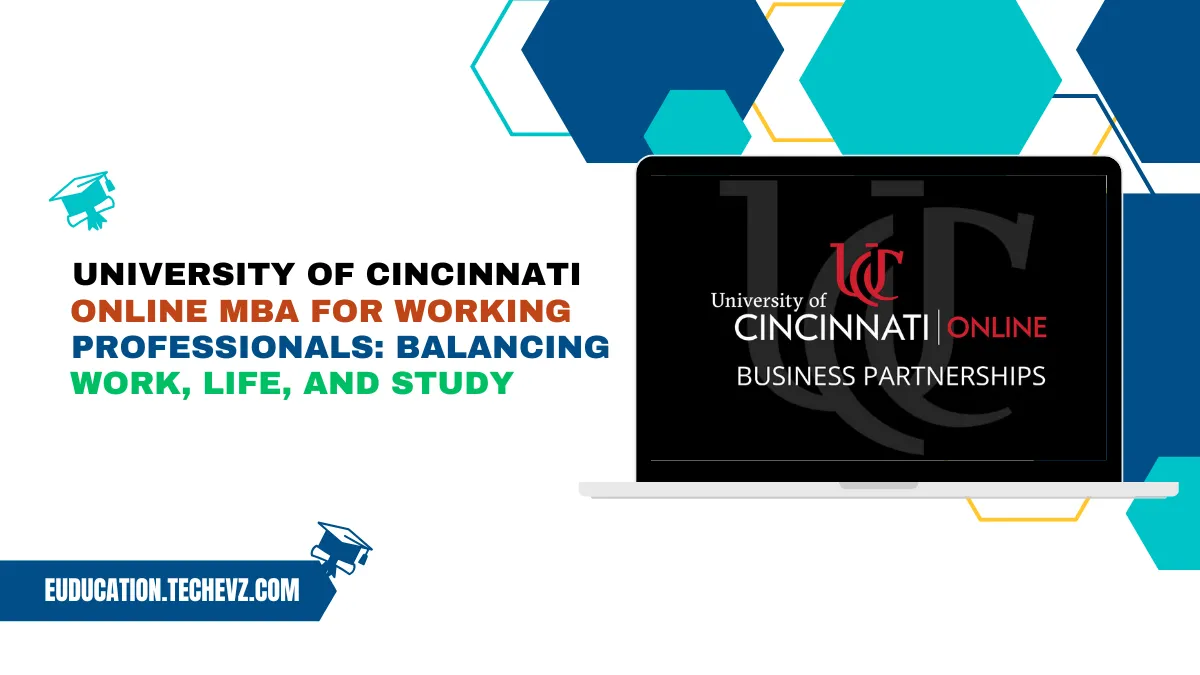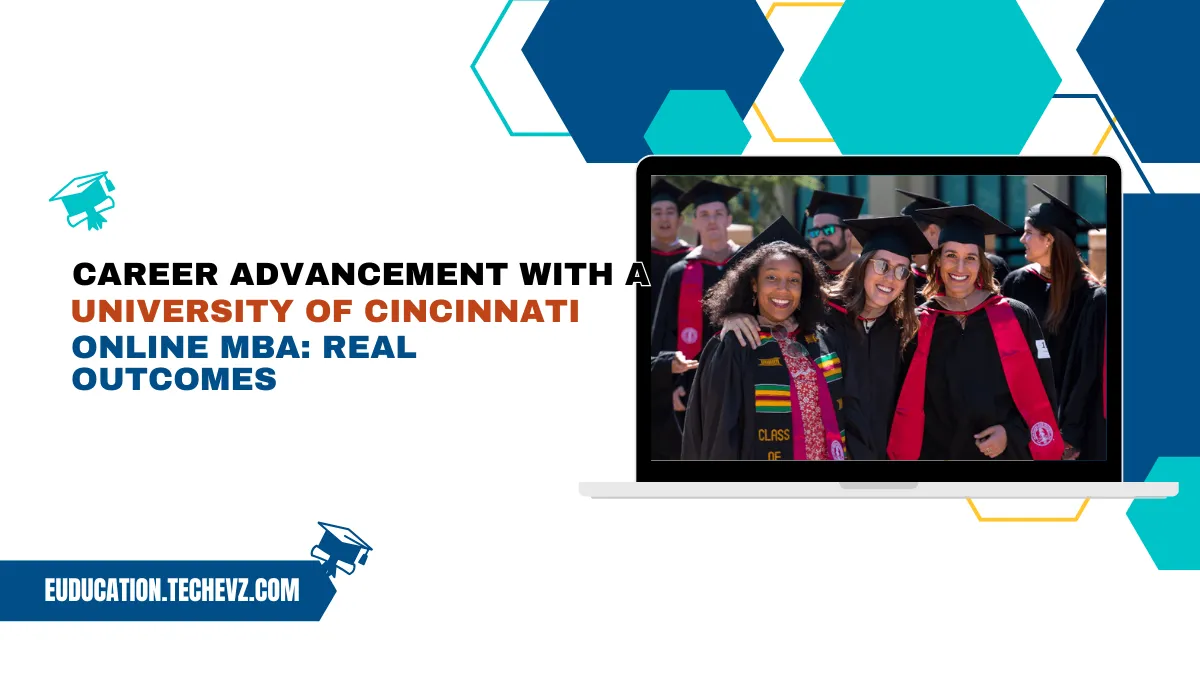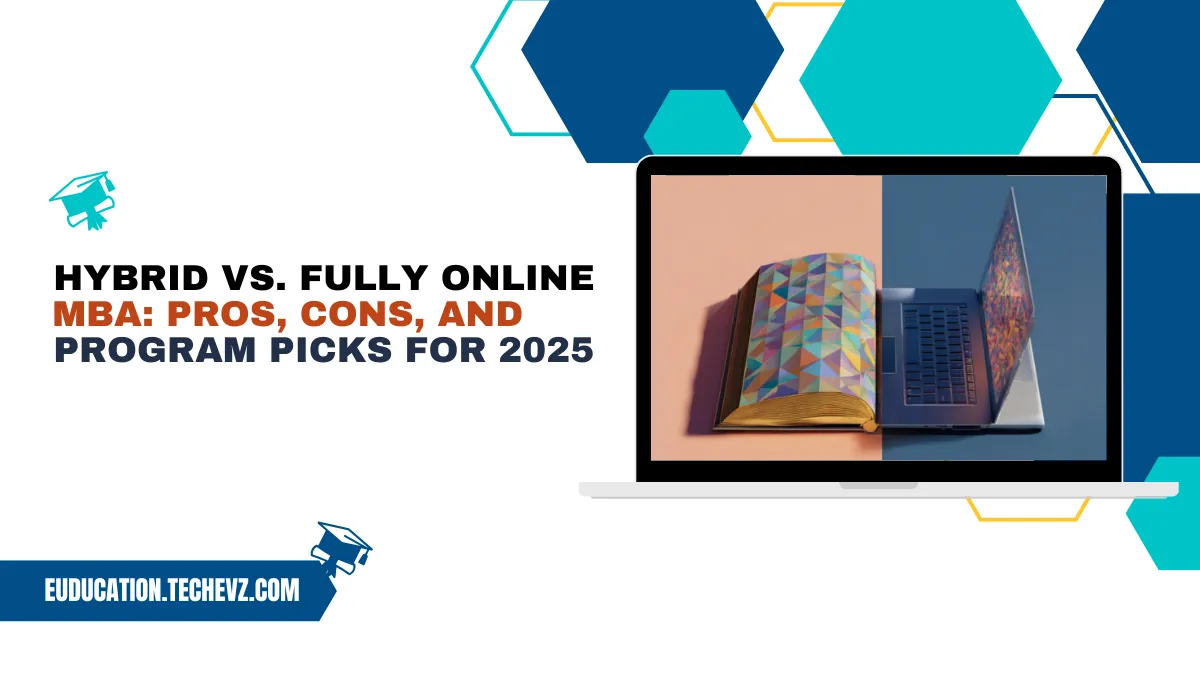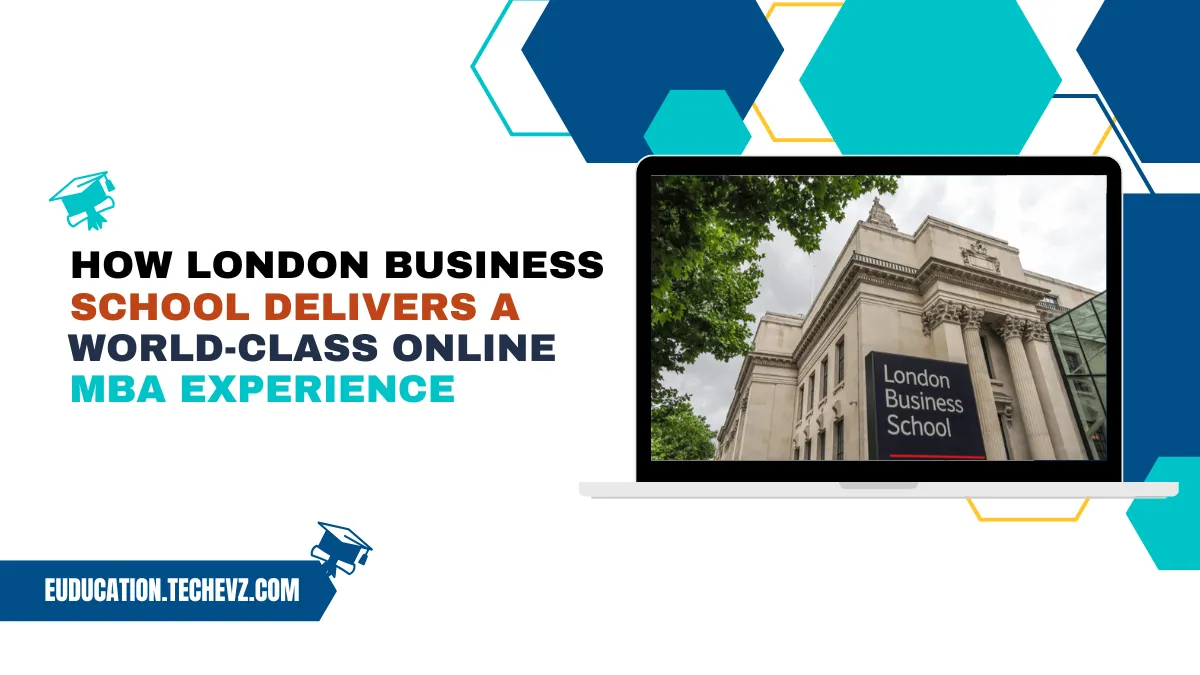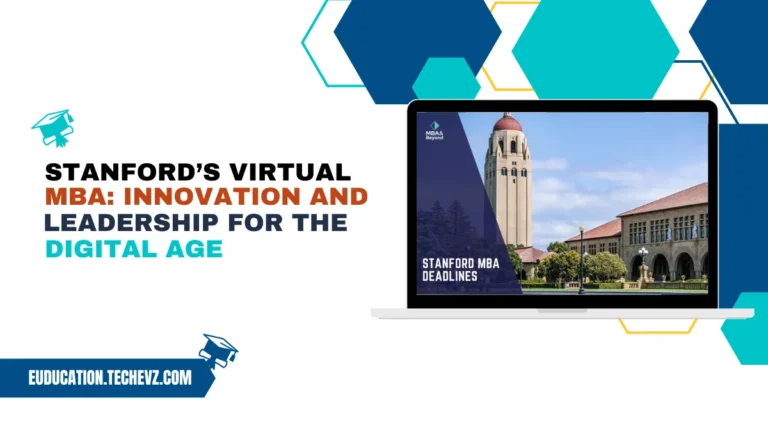The job market of 2025 is a dynamic, tech-driven landscape where skills, adaptability, and credentials compete for attention. Amid debates about the relevance of traditional degrees, many professionals still ask: Does a traditional MBA deliver a strong return on investment (ROI) in 2025?
In this article, we break down the costs, benefits, and long-term value of a traditional MBA to help you decide if this career move aligns with your goals.
What Is the ROI of a Traditional MBA?
ROI measures the financial gains of an investment relative to its cost. For an MBA, this means comparing post-graduation salary increases, career opportunities, and networking benefits against tuition fees, time, and lost earnings.
According to the Graduate Management Admission Council (GMAC) 2023 Corporate Recruiters Survey, MBA graduates earn a median starting salary of 115,000∗∗—nearlydoublethemediansalaryofbachelor’sdegreeholders.However,withtuitionattopschoolsexceeding∗∗115,000∗∗—nearlydoublethemediansalaryofbachelor’sdegreeholders.However,withtuitionattopschoolsexceeding∗∗150,000, calculating true ROI requires deeper analysis.
Key Factors Influencing MBA ROI in 2025
- Rising Demand for Hybrid Skill Sets
Employers in 2025 prioritize candidates who blend business acumen with technical expertise (e.g., AI, data analytics). A traditional MBA from a top-tier program often integrates these skills, making graduates competitive in fields like consulting, fintech, and healthcare management. - Networking and Alumni Access
Programs like Harvard Business School or Wharton offer unparalleled access to global alumni networks, mentorship, and recruitment pipelines—intangibles that accelerate career growth. - Industry-Specific Salary Growth
Sectors like finance (130Kmediansalary),tech(130Kmediansalary),tech(125K), and consulting ($145K) continue to reward MBA holders with premium compensation, per GMAC 2024 data. - Opportunity Cost
Full-time MBA programs require 1–2 years away from the workforce. Weigh lost income against potential post-MBA earnings.
Breaking Down the Costs of a Traditional MBA
- Tuition: 60K–60K–250K (varies by school)
- Living Expenses: 20K–20K–40K annually
- Lost Wages: 80K–80K–150K (for two years)
Total Estimated Cost: 160K–160K–440K
The Long-Term Benefits: How an MBA Pays Off
1. Higher Earning Potential
MBA graduates see a 20–50% salary increase post-degree. For example, transitioning from a 75Kroletoa75Kroletoa120K position shortens the payback period for tuition. Over a 10-year career, this gap can compound into $1M+ in additional earnings.
2. Leadership Opportunities
An MBA remains a golden ticket to C-suite roles. 92% of Fortune 500 CEOs hold advanced degrees, with MBAs being the most common. Leadership roles often come with bonuses, stock options, and long-term incentives.
3. Career Pivot Flexibility
Switching industries? An MBA provides credibility. A 2024 LinkedIn Workforce Report found that 37% of MBA grads transitioned to new sectors post-graduation, leveraging their degrees to enter high-growth fields like renewable energy or cybersecurity.
4. Global Mobility
MBAs are recognized worldwide, opening doors to international roles. Programs with global immersion projects or exchange semesters (e.g., INSEAD, LBS) enhance cross-cultural employability.
Traditional MBA vs. Alternatives: Is the ROI Justified?
While online MBAs and micro-credentials gain traction, traditional programs still dominate in prestige and outcomes:
| Factor | Traditional MBA | Online MBA | Bootcamps/Certifications |
|---|---|---|---|
| Average Salary Boost | 50–80% | 30–40% | 10–20% |
| Networking Quality | High | Moderate | Low |
| Employer Perception | Elite | Growing | Niche |
How to Maximize Your MBA ROI in 2025
- Choose Specializations Strategically
Opt for concentrations aligned with market demand: AI strategy, sustainability, or healthcare management. - Leverage Internships
Top programs partner with firms like Google, McKinsey, and JPMorgan for paid internships that often convert into full-time offers. - Negotiate Scholarships
Apply for merit-based aid or employer-sponsored programs to reduce tuition burden. - Target High-Growth Regions
Cities like Dubai, Singapore, and Austin offer tax incentives and booming job markets for MBA talent.
FAQs About MBA ROI in 2025
Q: How long does it take to recoup MBA costs?
A: Most graduates break even in 3–5 years, depending on salary jumps and frugal spending during school.
Q: Are MBAs still relevant in tech-dominated industries?
A: Yes! Tech firms like Amazon and Microsoft hire MBAs for product management, operations, and leadership roles.
Q: Do rankings impact ROI?
A: Top-20 schools typically offer stronger ROI due to brand recognition and recruitment partnerships.
Final Verdict: Is a Traditional MBA Worth It in 2025?
For professionals aiming for leadership roles, industry pivots, or global careers, a traditional MBA remains a high-reward investment. While the upfront cost is steep, the long-term ROI—financial growth, network access, and career flexibility—often justifies the plunge.
Before enrolling, assess your goals, research school outcomes, and calculate personalized ROI using tools like Poets & Quants’ MBA Calculator.

